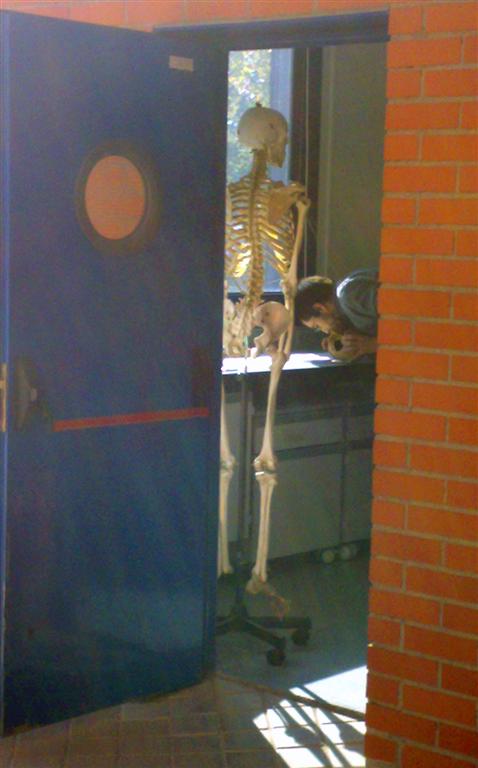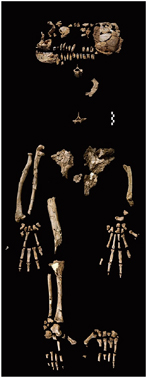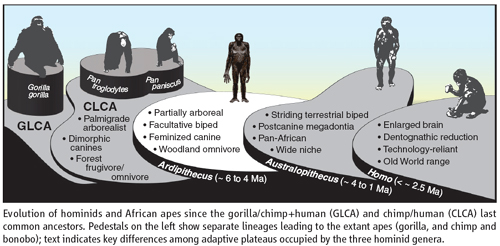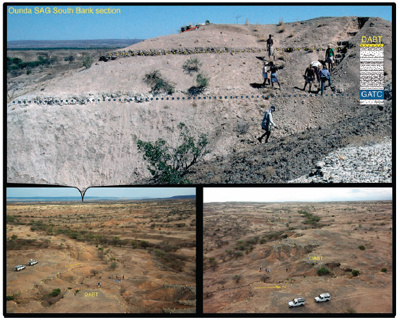Faça a Legenda

…nos comentários
Imagem:
Luís Azevedo Rodrigues, Outubro 2009. Universidad Autónoma de Madrid, dep. de Antropologia.
Spinophorosaurus nigerensis
Um dos dinossauros, recentemente descoberto e publicado, de que irei falar no próximo sábado – Spinophorosaurus nigerensis.
Pena é nenhum português ter participado no trabalho científico…

Referência (PDF gratuito):
Remes, Kristian, Francisco Ortega, Ignacio Fierro, Ulrich Joger, Ralf Kosma, Jose Manuel Marin Ferrer, for the Project PALDES, for the Niger Project SNHM, Oumarou Amadou Ide, and Abdoulaye Maga. 2009. A new basal sauropod dinosaur from the Middle Jurassic of Niger and the early evolution of Sauropoda. PLoS ONE 4(9):e6924. doi:10.1371/journal.pone.0006924
Imagem:
do paper
Ardipithecus ramidus
 Um dia a recordar, o de hoje, em que foi publicada mais uma página da história da evolução do Homem.
Um dia a recordar, o de hoje, em que foi publicada mais uma página da história da evolução do Homem.
Ardipithecus ramidus, assim baptizado, vem iluminar o caminho da compreensão do nosso percurso biológico no planeta.
Deixo apenas algum material gráfico, bem como o resumo do artigo.
“Hominid fossils predating the emergence of Australopithecus have been sparse and fragmentary.
The evolution of our lineage after the last common ancestor we shared with chimpanzees has therefore remained unclear. Ardipithecus ramidus, recovered in ecologically and temporally resolved contexts in Ethiopia’s Afar Rift, now illuminates earlier hominid paleobiology and aspects of extant African ape evolution. More than 110 specimens recovered from 4.4-million-year-old sediments include a partial skeleton with much of the skull, hands, feet, limbs, and pelvis.
This hominid combined arboreal palmigrade clambering and careful climbing with a form of terrestrial bipedality more primitive than that of Australopithecus. Ar. ramidus had a reduced canine/ premolar complex and a little-derived cranial morphology and consumed a predominantly C3 plant-based diet (plants using the C3 photosynthetic pathway). Its ecological habitat appears to have been largely woodland-focused. Ar. ramidus lacks any characters typical of suspension, vertical climbing, or knuckle-walking. Ar. ramidus indicates that despite the genetic similarities of living humans and chimpanzees, the ancestor we last shared probably differed substantially from any extant African ape. Hominids and extant African apes have each become highly specialized through very different evolutionary pathways. This evidence also illuminates the origins of orthogrady, bipedality, ecology, diet, and social behavior in earliest Hominidae and helps to define the basal hominid adaptation, thereby accentuating the derived nature of Australopithecus.”


Referências:
Tim D. White, et al. 2009. Ardipithecus ramidus and the Paleobiology of Early Hominids. Science 326, 64. DOI: 10.1126/science.1175802
Imagens:
do artigo





-thumb-550x290-21366.jpg)




